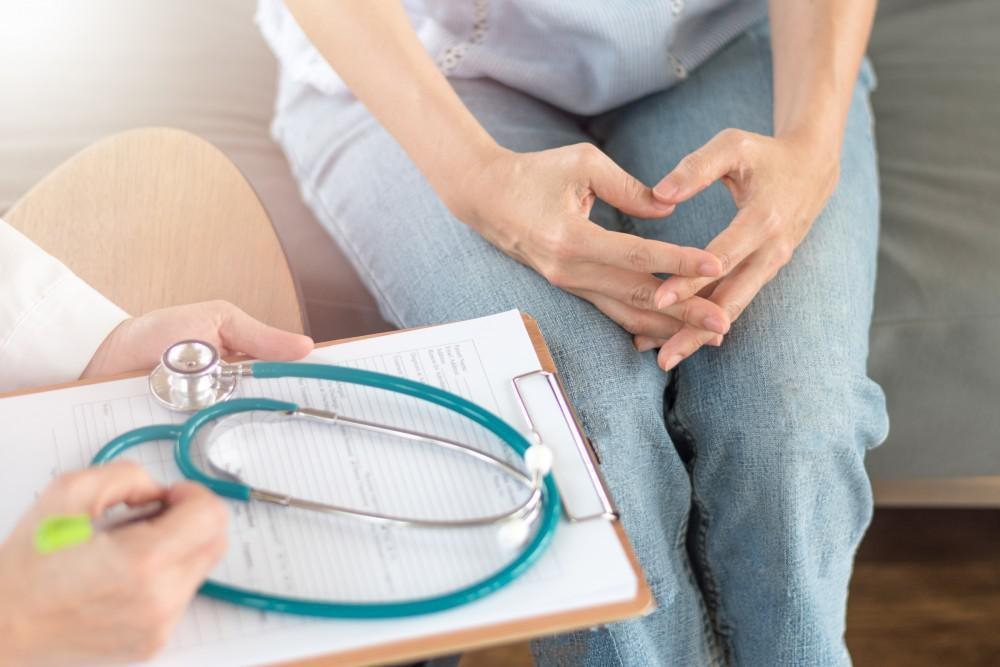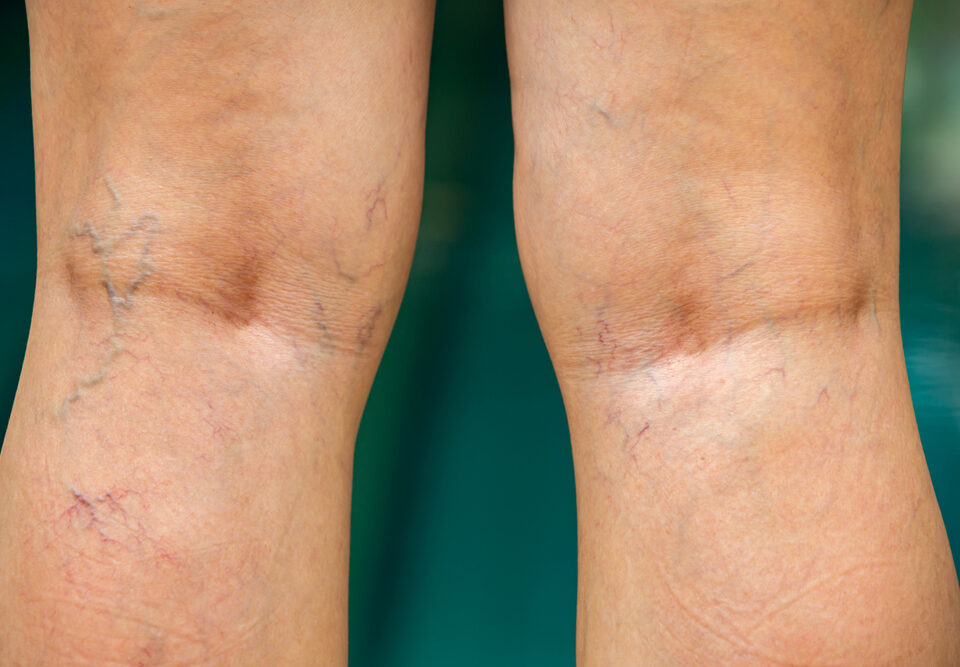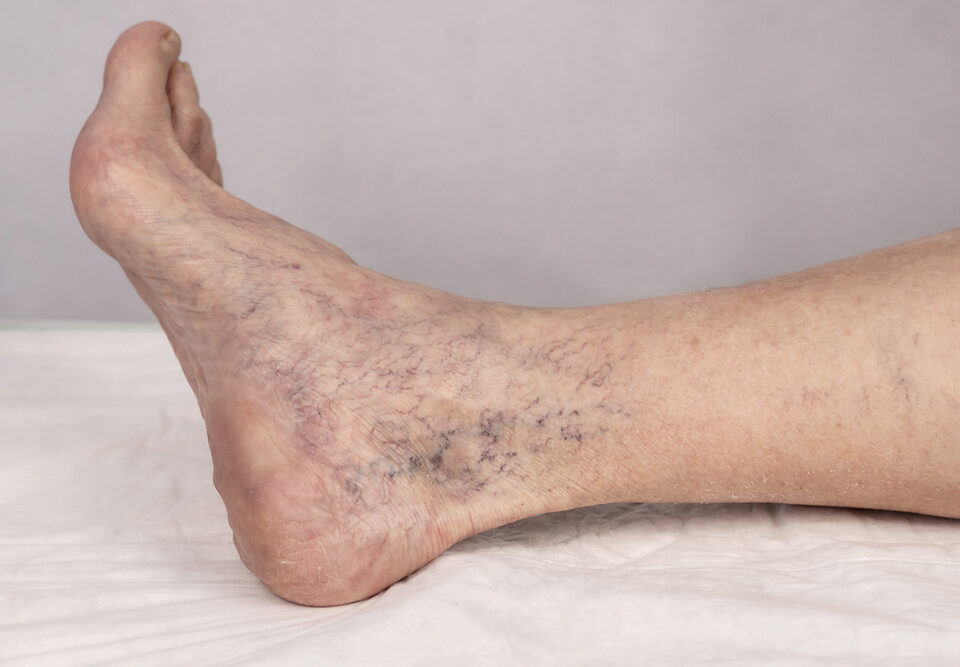You know the routine: You’re finally relaxing in bed, ready to catch a few Zs or just take it easy. And suddenly, it overtakes you — that undeniable urge to move your legs. If that sounds familiar, you probably have restless legs syndrome (RLS), a relatively common disorder that affects about 10% of Americans.
While the symptoms of restless legs syndrome are annoying, the good news is, they’re not life-threatening. But they can be a sign of an underlying vein problem that needs to be treated.
At Premier Vein & Vascular, Saleem Saiyad, MD, FACC, and our team help patients relieve the uncomfortable symptoms of restless legs syndrome by treating the underlying venous problems that may lead to RLS. If you think you have restless legs syndrome, here’s a bit more information about the condition and how we can help you.
Understanding restless legs syndrome
Restless legs syndrome is recognizable by its primary symptom: that undeniable need to move your legs, typically when you’re relaxing in the evening. Some people have other symptoms in their legs as well, like:
- “Creepy-crawly” sensations
- Throbbing
- Itching
- “Pulling” sensations
- Aching
- Electrical-current sensations
That urge to move typically goes away temporarily with movement, returning soon afterward. Many people find their symptoms prevent them from getting a good night’s sleep.
Restless legs syndrome often happens alongside nighttime leg twitching — involuntary leg movements that occur during or near sleep. Symptoms often vary in their severity, and it’s not uncommon for symptoms to come and go, sometimes disappearing for weeks or months before recurring.
Causes of RLS
RLS can be divided into two main types: primary RLS and secondary RLS. In primary restless legs syndrome, the cause isn’t identifiable. Secondary RLS happens as a symptom of another underlying problem.
Nerve damage, iron deficiency, and low levels of certain brain chemicals are possible causes of RLS. But many people develop restless legs as a result of a vein problem, like venous insufficiency or varicose veins.
Varicose veins and chronic venous insufficiency are both associated with circulation problems in your legs. And both develop when tiny valves inside your veins stop working the way they’re supposed to, allowing blood to “pool up” or slow down. Over time, these tiny malfunctioning valves lead to vein problems and related symptoms, including RLS.
Other problems caused by RLS
When restless legs syndrome interferes with your sleep, you can wind up with other problems like:
- Daytime drowsiness
- Irritability and moodiness
- Difficulty concentrating and focusing
- Depression
Poor sleep can even cause weight gain, which can make underlying circulation problems worse. The key to preventing these problems is to have a vein evaluation.
Restless legs syndrome treatment options
When RLS is caused by a vein problem, then treating that vein problem can help relieve your symptoms — and improve your circulation and vein health, too. At Premier Vein & Vascular, our team offers several treatment options for vascular problems, including:
- Medications
- Foot Wraps
- Dietary supplements
Other treatments, like wearing compression stockings, elevating your legs, and losing excess weight, may also be part of your treatment plan.
To learn more about restless legs syndrome options at our offices in Tampa and Largo, Florida, call Premier Vein & Vascular or book an appointment online today.





